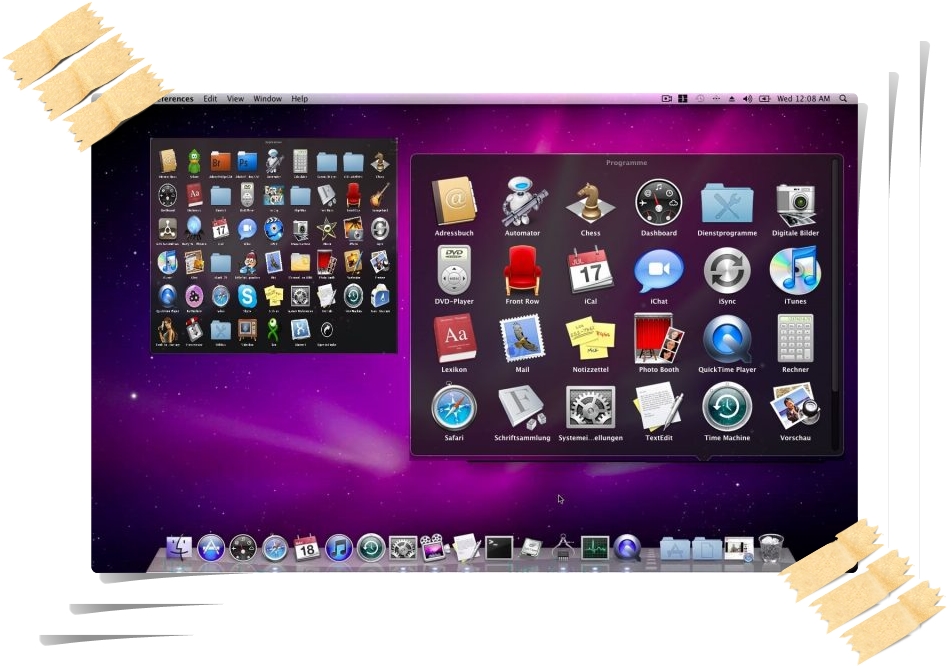

The hls command shows directories: $ sudo hcdį APPL/dsi1 789111 488608 Contents Catalog Volume was last modified on Wed Jan 25 18:03:03 1995 Volume was created on Mon Jan 16 10:43:13 1995

Step 4: Mount the volume in hfsutils $ sudo hmount /dev/disk3s1s2 You can see the same thing with the graphical Disk Utility: So the partition I want to mount is /dev/disk3s1s2. I inserted the CD and used the command-line diskutil tool to get the device information: $ diskutil listġ: Apple_partition_scheme 681.9 MB disk3s1ģ: Apple_HFS Dev.CD Mar 95 681.5 MB disk3s1s2 The source may be a block device orĪ regular file containing an HFS volume image. Hmount is used to introduce a new HFS volume. Hmount - introduce a new HFS volume and make it current > Scanning binaries for linking errorsĪnd confirm that there is an installation: $ man hmount > Installing hfsutils Activating hfsutils Cleaning hfsutils I used MacPorts: $ sudo port install hfsutils Once that is done, you can burn a new CD in ISO-8859 or HFS+ format, which modern versions of macOS can support.įollowing this lead, I tried to copy files off of an old Apple developer CD (the March 1995 reference library, FWIW). Then use it to copy all the files to local storage.

My recommendation, if you need anything more than trivial access, is to set up an emulator or VM running any version of macOS from 6 through 10.14. See also hard drive - Reading HFS standard and MFS on Catalina - Ask Different


 0 kommentar(er)
0 kommentar(er)
